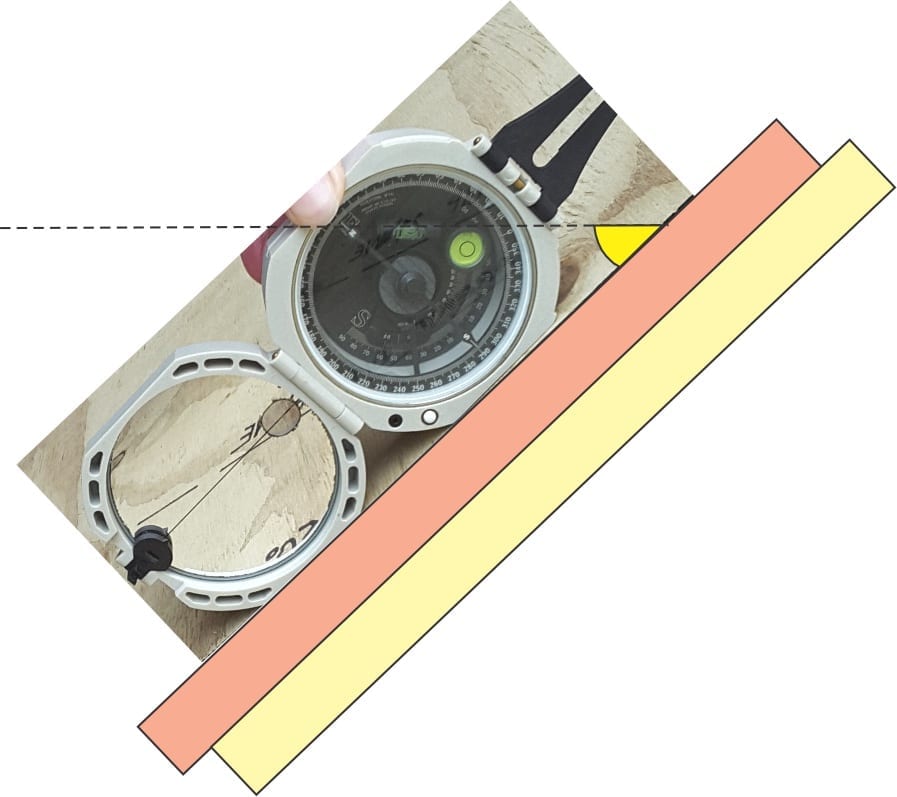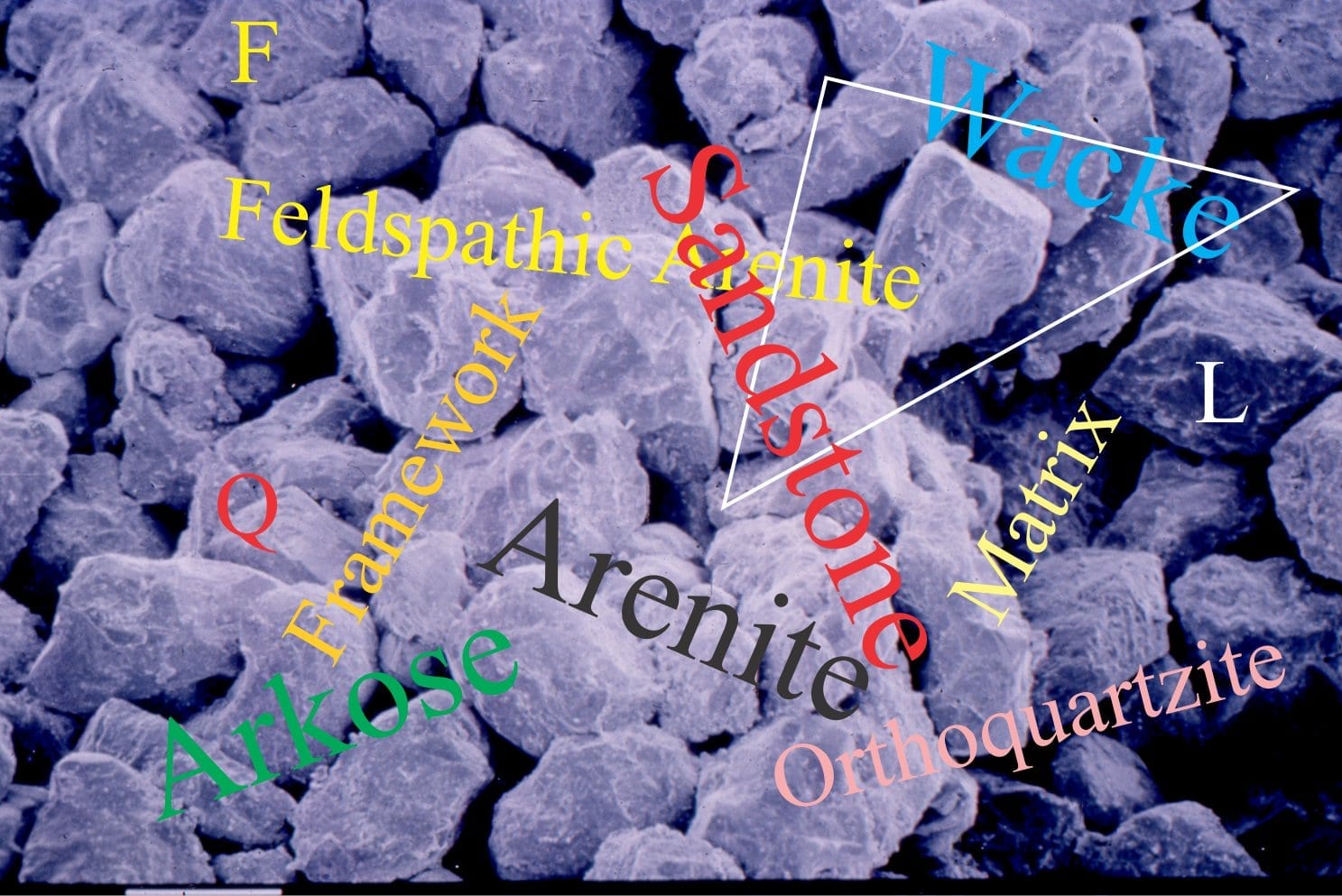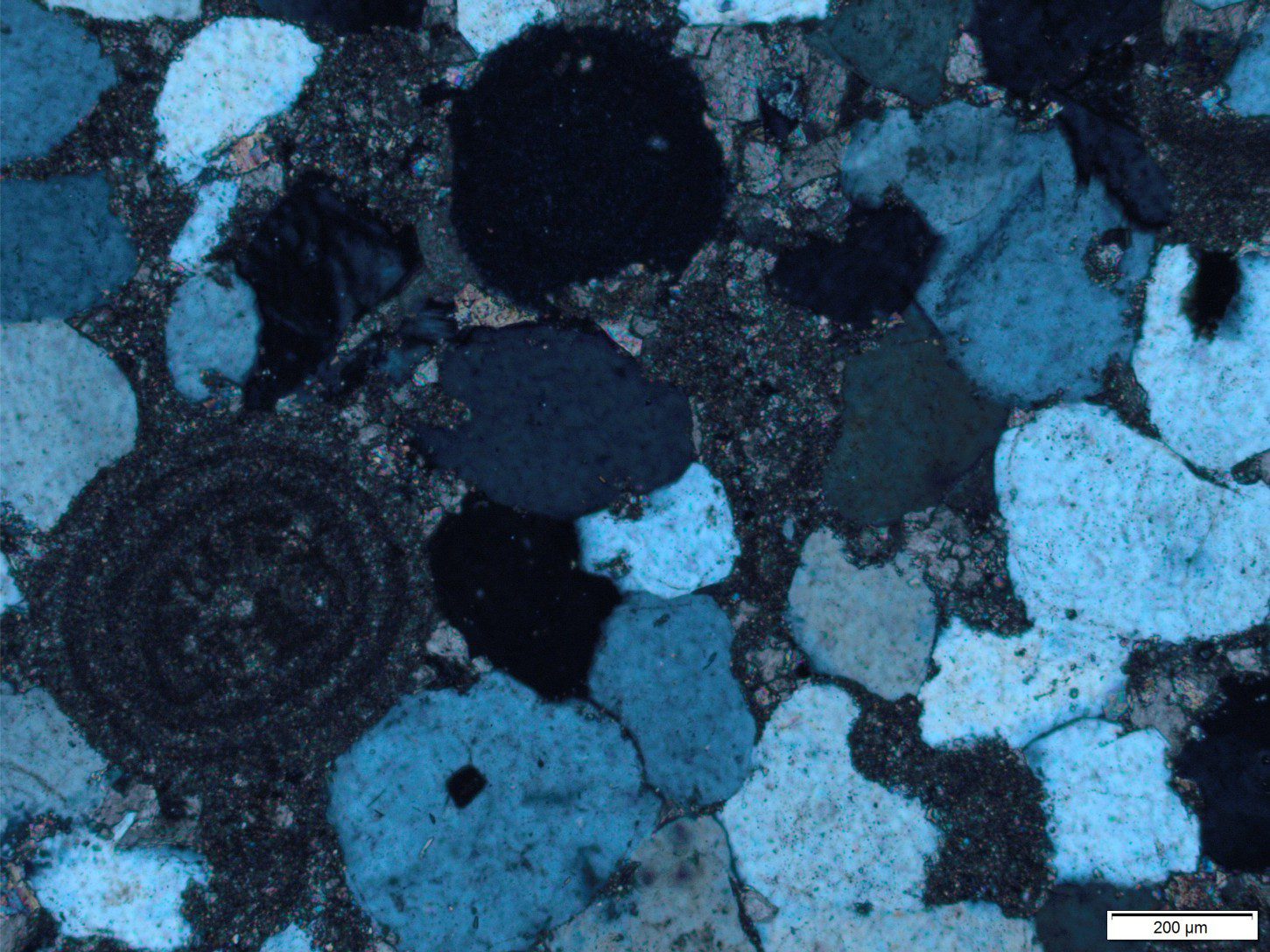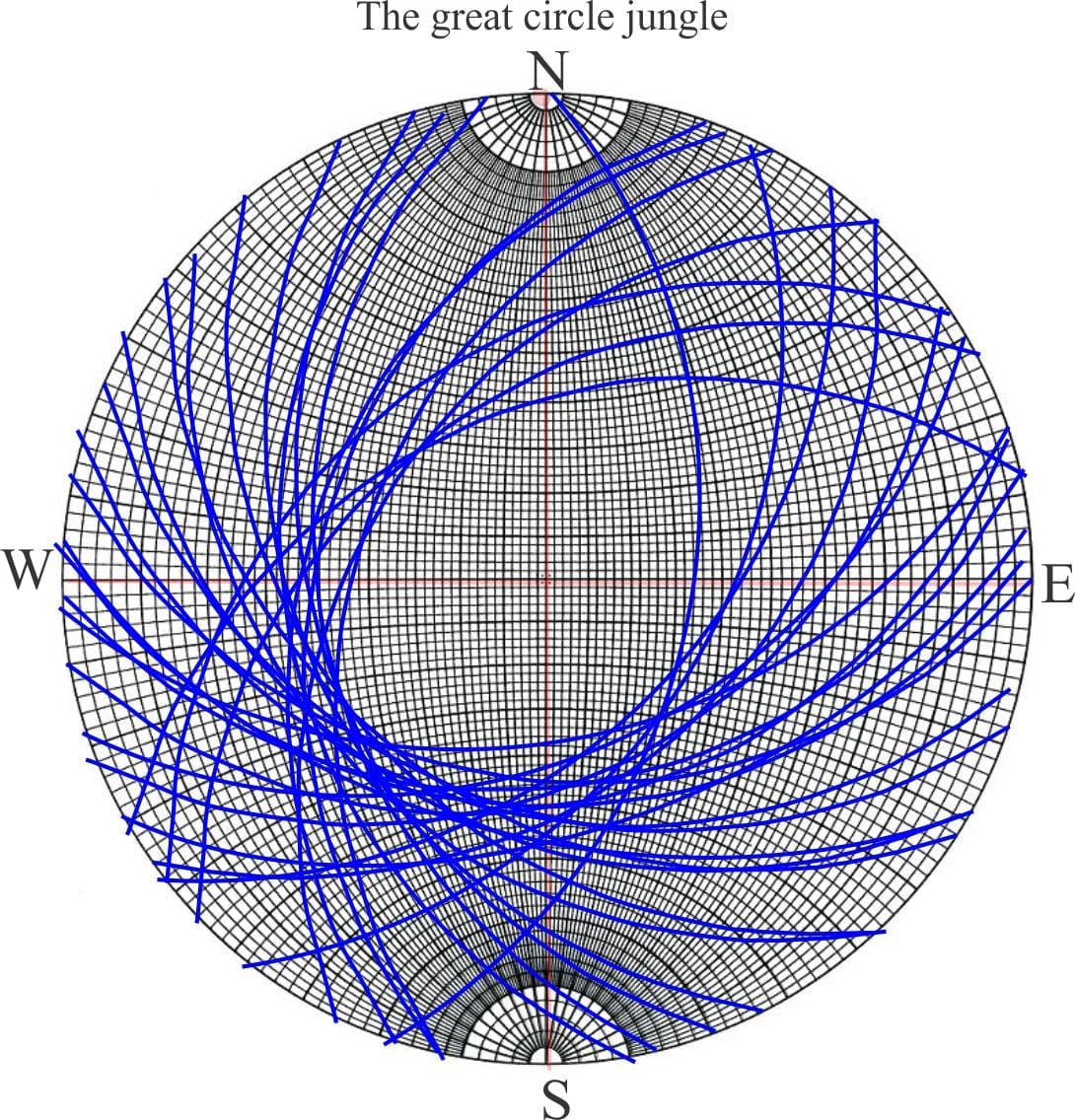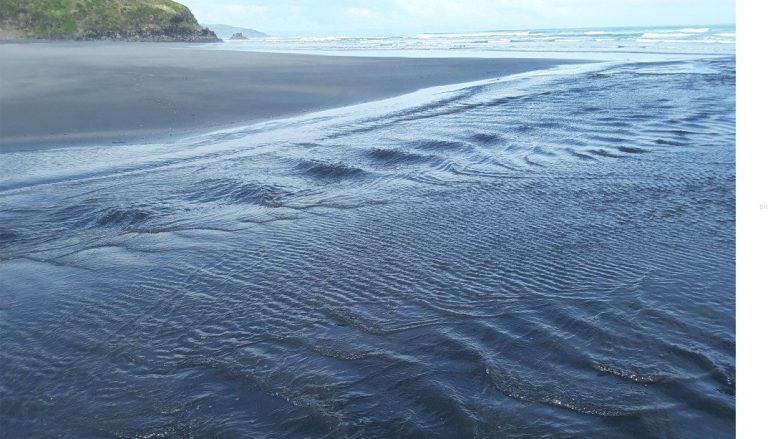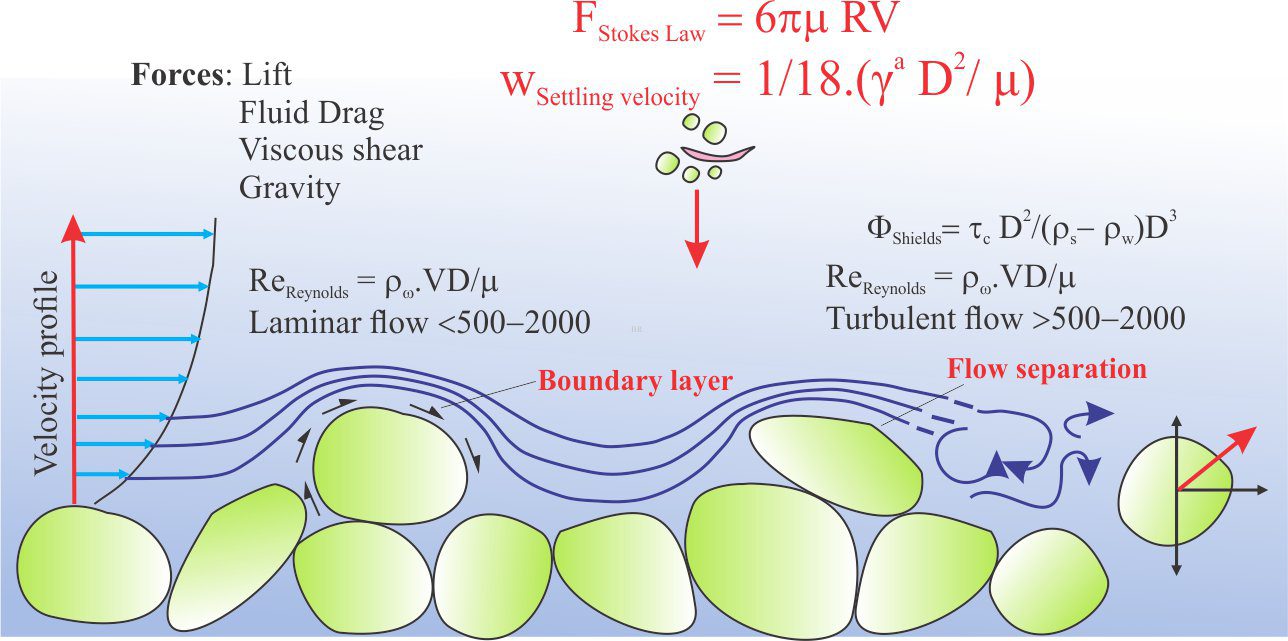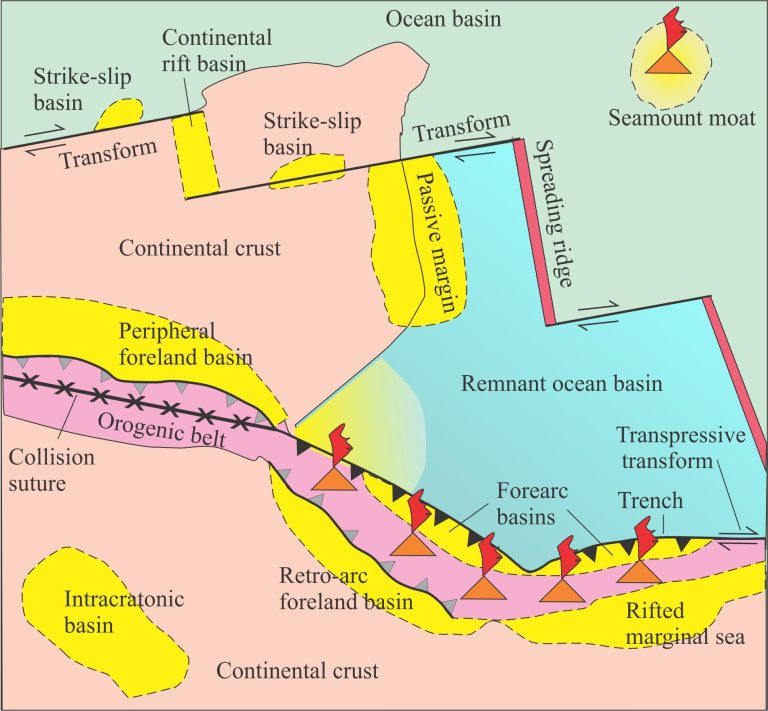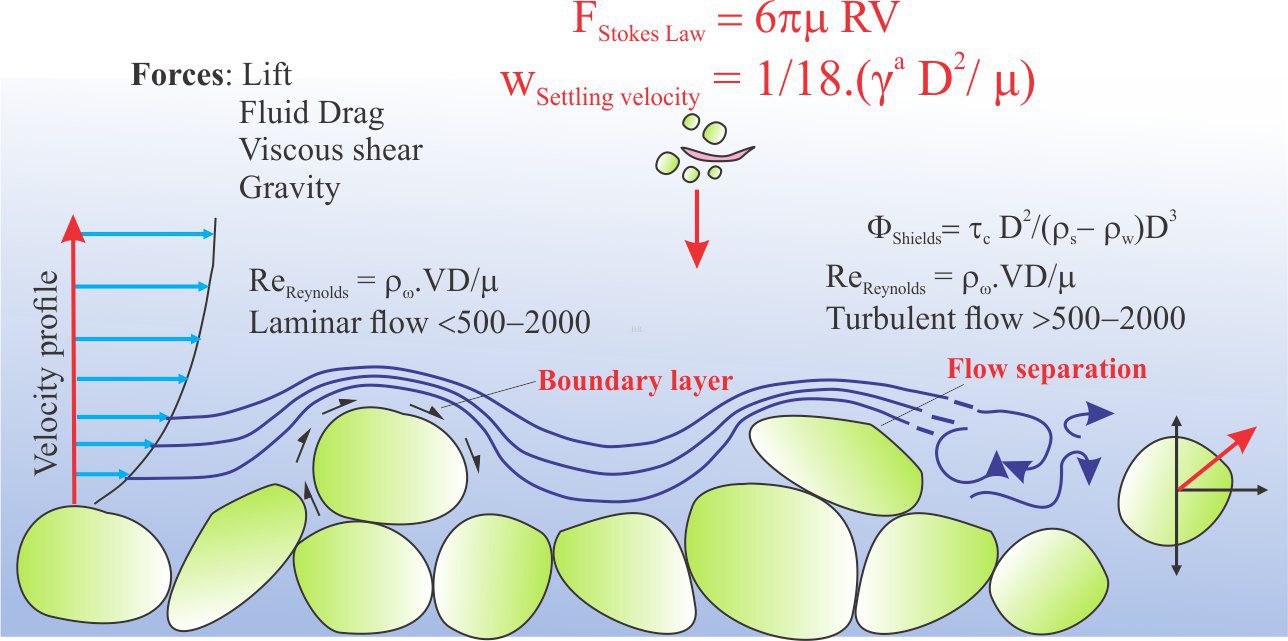An introduction to describing sedimentary rocks
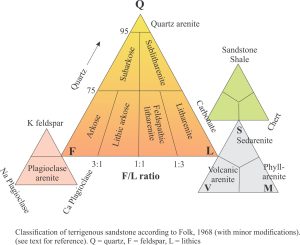
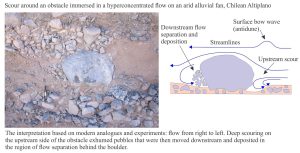
This page contains links to brief articles on the basics of describing sedimentary rocks, including grain size and grain size distribution, sandstone classification, and mineralogy.
Check out the companion How to… pages:
Common structural geology and mapping problems
Stratigraphy and sedimentology
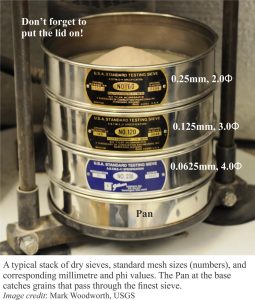
Describing sedimentary rocks
Describing sedimentary rocks – some basics
Measuring a stratigraphic section
Grain size of clastic rocks and sediments
Analysis of sediment grain size
Some controls on grain size distributions
Invertebrate morphology for sedimentologists
Bivalve morphology for sedimentologists
Trilobite morphology for sedimentologists
Gastropod shell morphology for sedimentologists
Cephalopod morphology for sedimentologists
Brachiopod morphology for sedimentologists
Echinoderm morphology for sedimentologists
Coral morphology for sedimentologists
Graptolite morphology for sedimentologists
Annotated images of outcrops, illustrating common sedimentary structures
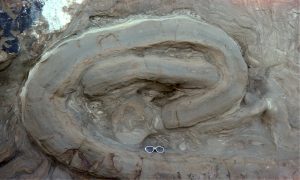
Sedimentary structures: Shallow marine
Sedimentary structures: Turbidites
Sedimentary structures: Mass transport deposits
Sedimentary structures: Fine-grained fluvial
Sedimentary structures: coarse-grained fluvial
Sedimentary structures: Alluvial fans
Sedimentary structures: Stromatolites
Sandstone lithofacies
Sedimentary lithofacies – An introduction
Ripple lithofacies: Ubiquitous bedforms
Ripple lithofacies influenced by tides
Tabular and trough crossbed lithofacies
Laminated sandstone lithofacies
Low-angle crossbedded sandstone
Hummocky and swaley cross-stratification
Lithofacies beyond supercritical antidunes
Subaqueous dunes influenced by tides
The three pycnals: Hypo-, homo-, and hyper
Storms and storm surges: Forces at play
Gravel lithofacies
Introducing coarse-grained lithofacies
Crossbedded gravel lithofacies
The lithofacies of mountain streams
Three posts on tempestites:
3 Evolving tempestite lithofacies models
2 Storm surges and tempestites
1 Storms and storm surges: Forces at play
Seagrass, mangrove, and salt marsh lithofacies
Seagrass meadows and ecosystems
